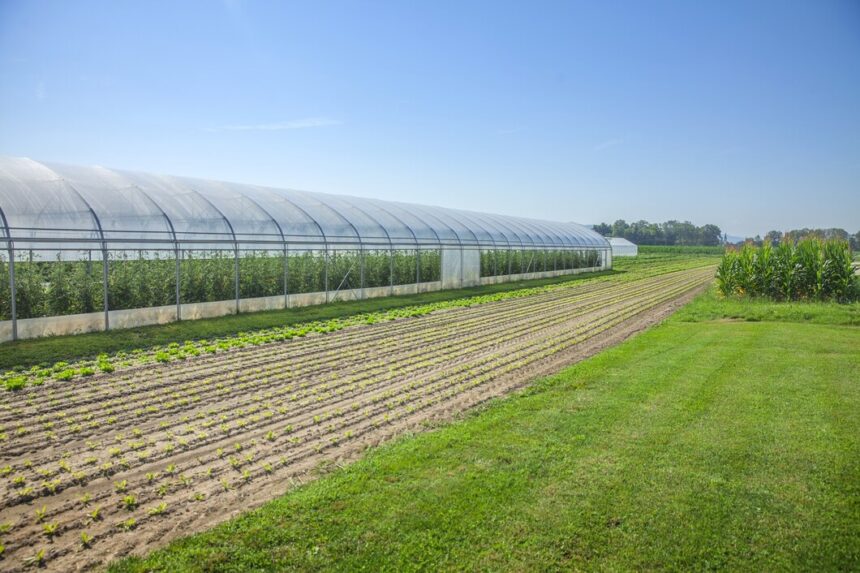Extending the growing season is crucial for South African farmers aiming to maximize crop yields and profitability. With diverse climates across the country, from Mediterranean in the Western Cape to subtropical in the northeast, implementing effective techniques can help farmers overcome seasonal limitations and optimize their agricultural output. Here are ten strategies farmers can employ:
1. Selecting Suitable Crop Varieties:
Choosing crop varieties that are well-suited to local climatic conditions and have shorter maturity periods can help extend the growing season. Varieties with resistance to local pests and diseases also ensure better crop health and yield stability.
2. Using High Tunnels or Greenhouses:
High tunnels or greenhouses provide controlled environments that protect crops from adverse weather conditions such as frost, wind, and excessive rain. They also regulate temperature and humidity, allowing farmers to grow crops outside their typical seasons.
3. Implementing Crop Rotation:
Crop rotation helps maintain soil fertility, manage pests and diseases, and reduce the buildup of pathogens specific to certain crops. This practice optimizes land use throughout the year and supports continuous production cycles.
4. Utilizing Season-Extending Technologies:
Technologies such as row covers, cold frames, and floating row covers can be employed to protect crops from cold temperatures and extend the growing season into cooler months. These methods trap heat and create microclimates favorable for plant growth.
5. Water Management and Irrigation:
Efficient water management through drip irrigation, mulching, and water-saving techniques ensures crops receive adequate moisture during dry spells. Consistent irrigation promotes healthy plant growth and extends the period for crop development.
6. Employing Heat-Retentive Techniques:
Techniques like thermal mass storage (using materials that absorb and release heat) and heat sinks (such as black plastic mulch) can help capture and retain solar energy. This aids in maintaining warmer soil temperatures and protecting crops from sudden temperature drops.
7. Optimizing Soil Health with Cover Crops:
Cover cropping during off-season periods improves soil structure, enhances nutrient availability, and suppresses weeds. Healthy soils support robust plant growth and enable farmers to cultivate crops for extended periods.
8. Utilizing Early and Late Planting Strategies:
Strategic planting schedules, including early planting of heat-tolerant crops and late planting to avoid extreme weather events, can help extend the growing season. This approach maximizes favorable growing conditions and minimizes risks associated with weather fluctuations.
9. Implementing Light Management Techniques:
Enhancing light exposure through techniques like reflective mulches or vertical gardening optimizes photosynthesis and plant growth. This is particularly beneficial in regions with shorter daylight hours during certain seasons.
10. Monitoring and Adjusting Practices:
Continuous monitoring of weather patterns, soil conditions, and crop development allows farmers to adjust their practices accordingly. Timely adjustments, such as modifying irrigation schedules or applying protective measures, help mitigate risks and optimize crop production throughout the year.
Extending the growing season in South Africa requires a combination of strategic planning, innovative technologies, and adaptive management practices. By implementing these techniques, farmers can mitigate the challenges posed by seasonal limitations and maximize their agricultural productivity. Investing in sustainable practices that enhance soil health, conserve resources, and protect crops from adverse conditions ensures resilient farming systems capable of producing high-quality yields year-round. With careful planning and proactive measures, South African farmers can thrive in diverse climates and contribute to food security and economic stability in the region.
Join 'Farmers Mag' WhatsApp Channel
Get the latest Farming news and tips delivered straight to your WhatsApp
CLICK HERE TO JOIN






